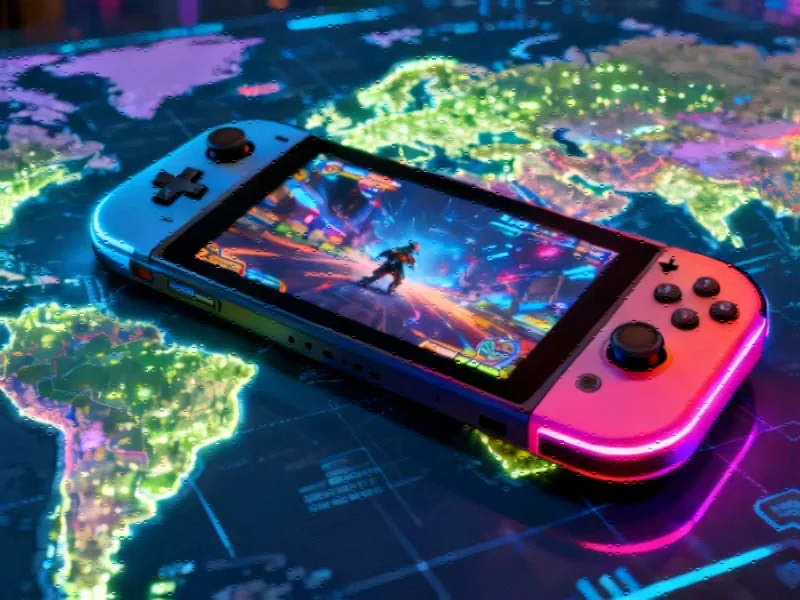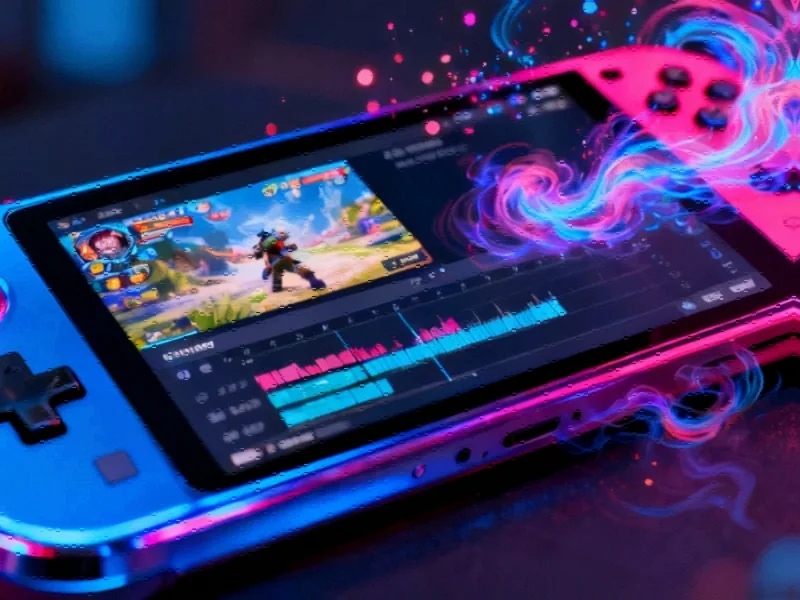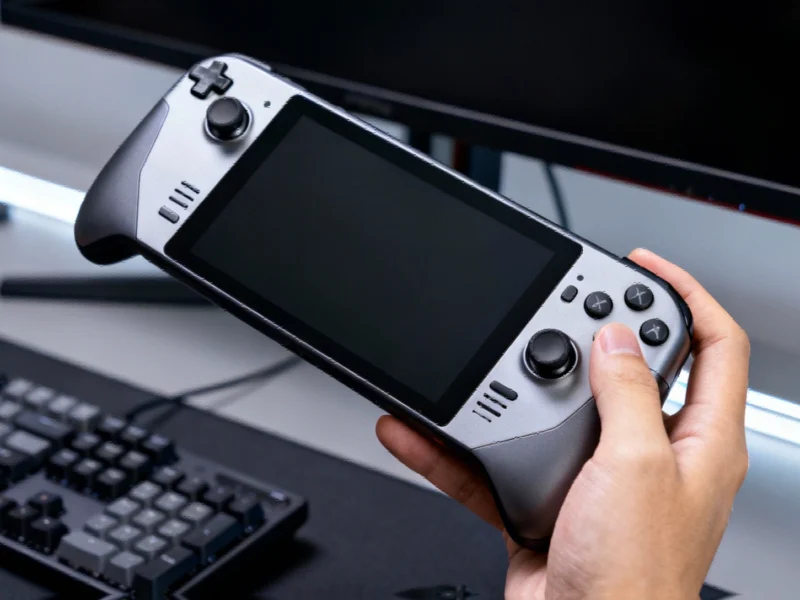The Shifting Landscape of Xbox Hardware Strategy
Microsoft’s approach to gaming hardware has undergone a significant transformation in recent years, moving from traditional console-focused offerings to a more diverse ecosystem. The recent introduction of devices like the ROG Xbox Ally represents a pivotal moment in this evolution—not as a conventional Xbox console, but as a bridge between multiple gaming platforms. While priced at a premium $599 and $999 respectively, these devices signal Microsoft’s ambition to expand its reach beyond the living room and into the growing handheld and portable PC gaming market.
This strategic shift comes at a time when the company faces increased competition and changing consumer expectations. The gaming industry’s landscape continues to evolve rapidly, with players increasingly expecting flexibility in how and where they access their games. Microsoft’s response has been to develop hardware that accommodates this new reality while maintaining connection to the Xbox ecosystem through services like Game Pass and Cloud Gaming.
From Console Manufacturer to Gaming Platform Provider
Microsoft’s journey from the Xbox One’s controversial launch to its current position reveals a company learning to adapt to market demands. The initial missteps with always-online requirements and confusing game sharing policies have given way to a more open approach. The company now emphasizes accessibility across devices, acknowledging that many gamers no longer want to be tied to a single piece of hardware.
The evolution of Microsoft’s Xbox strategy reflects broader changes in how consumers interact with gaming platforms. Rather than focusing exclusively on console sales, the company appears to be building toward a future where the Xbox experience transcends specific hardware, becoming accessible through various devices while maintaining consistent services and ecosystem benefits.
The Technical Reality Behind “This Is An Xbox”
Microsoft’s marketing message that “This is an Xbox” for devices like the ROG Ally requires careful examination. While these devices can access Xbox games through streaming or Play Anywhere titles that include PC versions, they don’t natively run Xbox console games. This distinction matters significantly for consumers expecting traditional console functionality from premium-priced hardware.
The technical implementation represents both an innovation and a compromise. Players gain portability and flexibility but must navigate the limitations of streaming requirements and specific compatibility conditions. This approach reflects the ongoing convergence of different technology sectors, where boundaries between device categories continue to blur as manufacturers seek to address multiple use cases with single products.
Market Context and Competitive Positioning
Microsoft’s hardware pricing strategy places these devices at the premium end of the market, competing not only with traditional consoles but also with high-end gaming PCs and other portable devices like the Steam Deck. The $999 price point for the Ally X positions it as a luxury gaming item rather than a mass-market product, potentially limiting its audience despite its technical capabilities.
This pricing approach occurs alongside broader market adjustments across the technology sector, where component costs and manufacturing challenges have pushed prices upward for many consumer electronics categories. How consumers respond to these premium portable gaming devices will likely influence Microsoft’s future hardware direction and potentially that of competitors as well.
The Future of Xbox Hardware
Looking ahead, Microsoft’s partnership with AMD for next-generation hardware suggests a continued commitment to gaming devices, albeit potentially in forms that differ significantly from traditional consoles. The company’s stated goal of creating “a gaming platform that’s always with you” points toward hardware that prioritizes flexibility and cross-device compatibility over dedicated console functionality.
This vision aligns with broader technological innovation in computing hardware, where the lines between different device categories continue to blur. The potential integration of multiple storefronts and launchers—including Battle.net, Epic Games Store, and Steam—alongside Game Pass could create a uniquely versatile gaming device that serves as a hub for a user’s entire library regardless of platform.
Broader Industry Implications
Microsoft’s experimentation with hybrid hardware approaches reflects and influences wider trends in the gaming and technology industries. As companies explore new form factors and usage models, the very definition of what constitutes a gaming device continues to expand. This evolution presents both opportunities and challenges for developers, manufacturers, and consumers alike.
These industry developments parallel innovation in other technology sectors, where established categories are being redefined by new approaches to product design and functionality. How successfully Microsoft executes this strategy will likely influence whether other platform holders follow similar paths or pursue alternative approaches to hardware development.
Consumer Considerations and Market Reception
For consumers, Microsoft’s hardware evolution presents both exciting possibilities and potential confusion. The premium pricing of devices like the ROG Xbox Ally requires careful consideration of value proposition, particularly when compared to traditional consoles or gaming PCs at similar price points. Understanding the limitations of game compatibility becomes crucial for making informed purchasing decisions.
The success of this approach will depend on how well Microsoft communicates the benefits and limitations of these new devices. Clear messaging about what these products can and cannot do will be essential to managing consumer expectations and avoiding the communication missteps that have sometimes characterized the company’s product launches. As with many related innovations in technology, adoption will likely depend on both the technical execution and how effectively the value proposition is conveyed to potential users.
Ultimately, Microsoft’s current hardware direction represents a bold experiment in redefining what constitutes an Xbox experience. While questions remain about market positioning and consumer acceptance, the company appears committed to exploring new form factors and usage models that reflect how gaming habits continue to evolve in an increasingly connected and mobile world.
This article aggregates information from publicly available sources. All trademarks and copyrights belong to their respective owners.
Note: Featured image is for illustrative purposes only and does not represent any specific product, service, or entity mentioned in this article.



